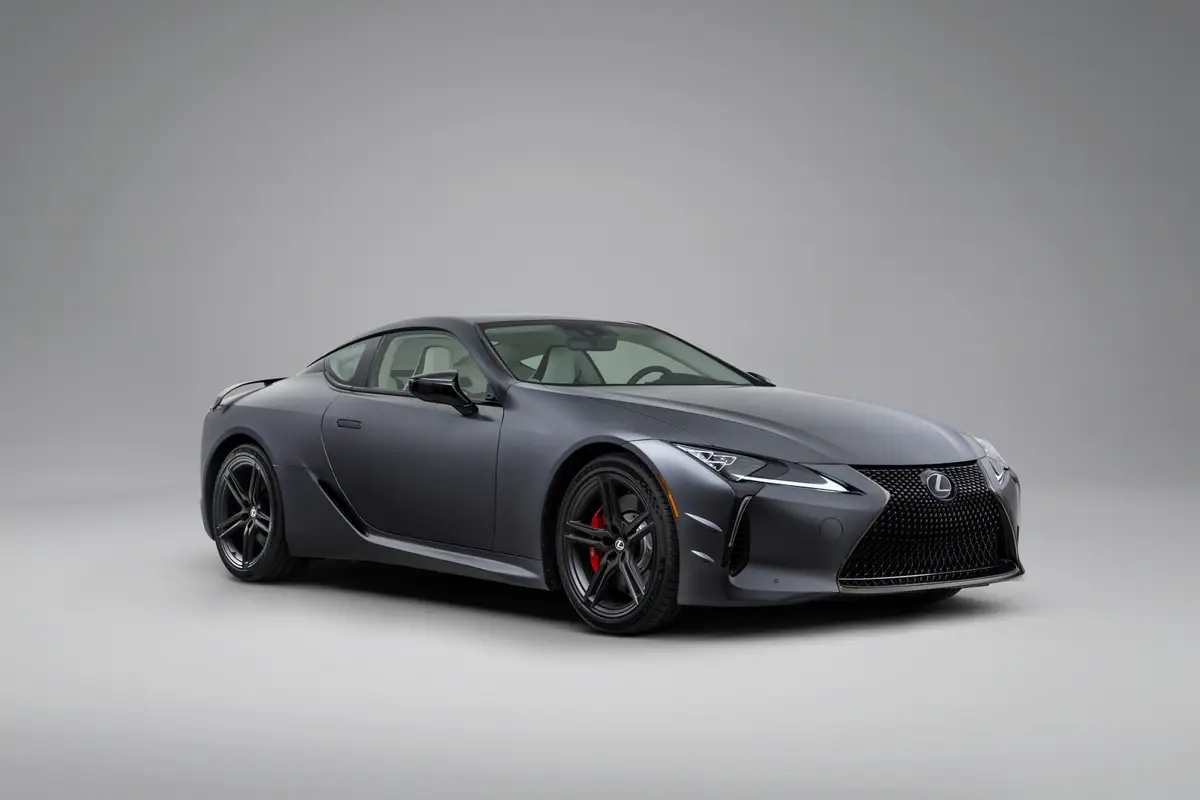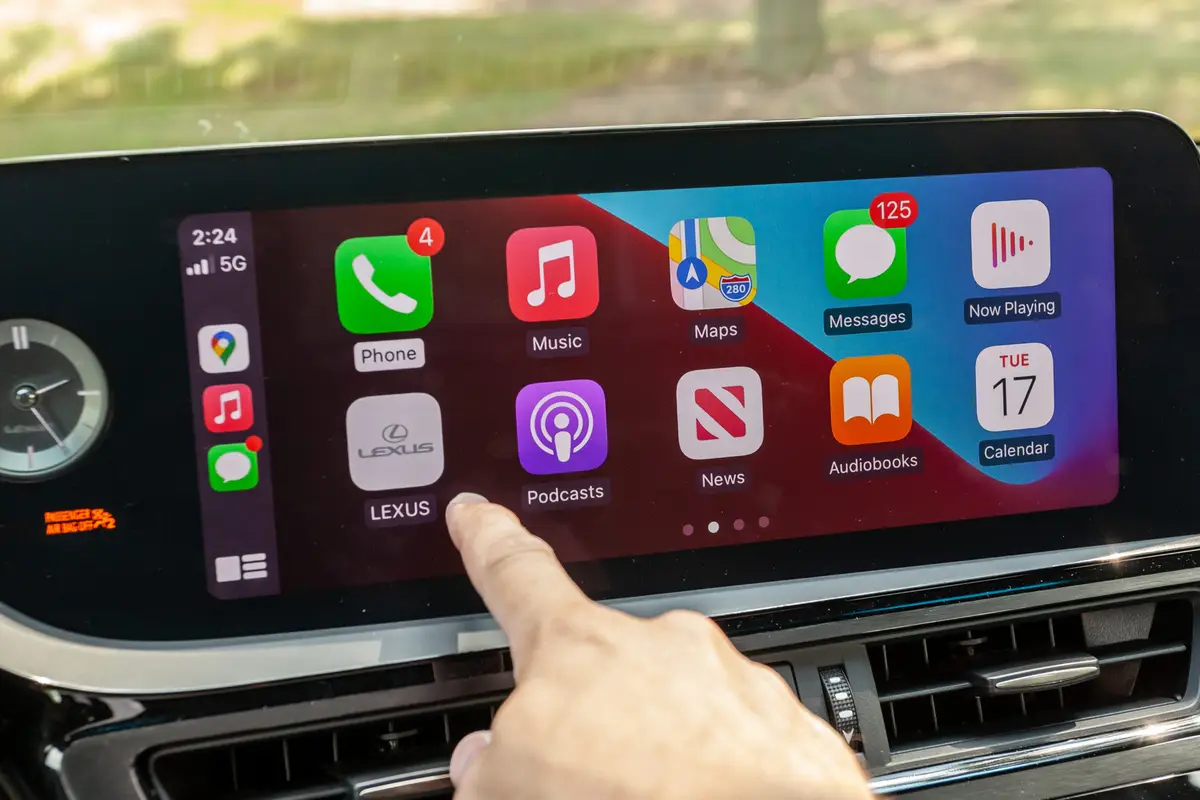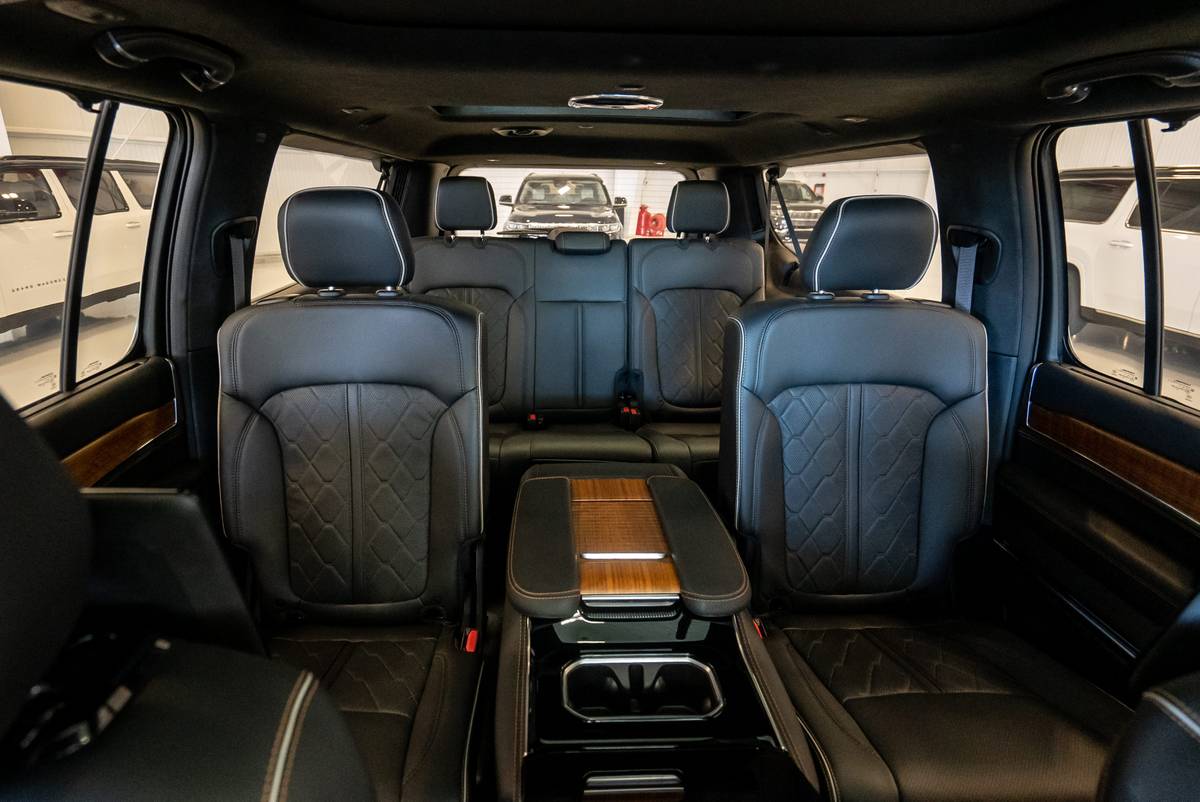chicagotribune.com's view
You’ve seen the spot in which the 2007 Lexus LS460 sedan parks on its own between two stacks of champagne glasses in about a millisecond without sending any of the glasses tumbling to the floor.
Suspect several dozen glasses gave their lives in rehearsal.
In January Lexus used the Detroit Auto Show to stun the assembled media by boasting its next-generation flagship LS sedan would be able to park itself.
Finally, a sedan to solve the car-age old problem of slipping between two other cars without 12 attempts and ending up on the sidewalk or, worse, tattooing the fenders and trunk lids of those other two cars.
The Lexus LS460 does that, along with posting a zero- to-60 m.p.h. acceleration in 5.4 seconds thanks to its beefier 4.6-liter, 380-horsepower V-8.
Ironic that a car that can go so fast draws more attention when it attempts to stand still.
The LS460 comes in regular and extended-length L versions. We tested the L, which is 4.8 inches longer than the regular model with all 4.8 inches devoted to the back seat for limo-like proportion.
But with either version, $700 buys you the advance parking guidance system, though first you must purchase intuitive park assist for $500, in which sonar sensors in front and rear bumpers set off beeps when getting to close to an object front or rear.
The advance parking guidance system makes your car the ultimate valet. Or so we thought. On a scale of 1 to 10, with 10 the easiest, we’d give automatic parking a 2, sky diving 3 and bullfighting 4.
For starters, the system works only when backing up, vertically or horizontally, between two vehicles. So you can’t use it when pulling into the space in the mall lot front-end first.
When the gearshift is in reverse, touch the navi screen to choose vertical or horizontal parking. A backup camera shows what’s behind or along the side on the screen.
But you don’t just let go of the wheel and have the car park itself. You have to pull the car into position as if parking manually, make sure the steering wheel is straight and adjust the green parking target box on the screen.
We tried the vertical move first. A series of arrows appears on the screen to position the green box between the cars.
The arrows don’t show unless the steering wheel is straight and you’re at the correct angle to back between the cars. So others in the lot have to wait for you to perform the required tasks.
That done, the screen advises you to let go of the wheel but keep a foot on the brake. The car and steering wheel then move to park between the cars.
But take foot off the brake and the car backs up too fast, the automatic assist stops and you’re on your own to steer and/or call your insurance agent.
Simple, if you pulled the car into proper position in the first place and adjusted the green box perfectly. If not, the car goes where the box tells it. You’ll miss the other cars, but you also may miss the curb by several feet.
Actually, backing up was relatively easy, but getting up the courage to let go of the wheel requires a few words to the Almighty. (Oprah was out of town.)
Horizontal, or parallel, parking is trickier. Pull alongside the car ahead, fiddle with the arrows to adjust the box, then let go of the wheel.
First try we hit the green box perfectly, only the box was positioned so the car ended up about 3 feet from the curb. The system requires lots of practice–and patience.
The system first requires you purchase park assist for $500, sonar sensor in the front and rear bumpers that set off beeps in the cabin when backing from the drive or parking and getting too close to an object ahead or behind.
And how often do you back into a parking spot or parallel park? Three attempts to parallel park is embarrassing, but no more so than parking on the first attempt 3 feet from the curb.
If you can’t back into a parking space or parallel park without doing damage to yourself or those around you, you should be taking cabs or buses.
Automatic parking is only one of the goodies on a sedan that seems to do everything short of making a sandwich as long as you have the funds.
Ride, handling, performance, room and comfort are secondary to the gadgets and gizmos squeezed into this machine.
Consider that front and rear seats can be heated or cooled as part of a $2,780 Luxury package.
Press a button and front- or rear-seat occupants can raise or lower side and back window sunshades. Rear-seat occupants also can recline the seat backs or extend the seat bottoms forward as part of the luxury package.
And they can adjust the audio system as part of a $1,625 rear-seat upgrade package.
Rear-seat controls are mounted on the pull-down armrest that, when down, exposes what looks like a ski pass through to the trunk. But that’s the lid on your “cool box,” which holds up to four cans of beverage.
Other novel touches include air diffusers in the roof liner in back to direct a puff of cool or warm air to the melon without mussing the hair; a heated steering wheel to keep the pinkies toasty without gloves; a button in the dash to keep the car from rolling when you take your foot off the brake at the light; and keyless entry with push-button start/stop.
There’s also adaptive headlamps that move in the direction of the turn; radar cruise control that uses brakes or throttle control to keep you from getting too close to the vehicle ahead; adaptive variable suspension that adjusts to any road surface to smooth ride and handling; real-time traffic information on the navi to pinpoint construction or accident delays and let you know how fast traffic is moving; and a Mark Levinson DVD changer with 19 speakers.
Or you can add Executive Class seating in which the rear seats not only recline, but also massage. It also includes leg rests, wood table and rear-seat DVD entertainment system with 9-inch screen and wireless headphones for $12,675.
The test car didn’t have that. No use looking pretentious.
The 4.6-liter V-8 is teamed with an 8-speed automatic transmission that Lexus says provides a number of gears to ensure optimum mileage.
Plenty of power to handle the size and weight of the baby limo and all its fancy electronics.
The suspension is so soft the ride will rock you to sleep–unless, of course, you leave the heated seats and/or heated steering wheel on too long to wake you from the slumber. Handling is both accurate and predictable without float.
Cabin is huge and cozy, trunk spacious, controls conveniently placed so they are easy to see, though there are so many buttons you may have to stop and read the owner’s manual every so often to remember what each one does.
But beware: The million-word manual must weigh 12 pounds.
Base price of the LS460 is $61,000, or about $4,000 more than the ’06 model–perhaps to cover the cost of the owner’s manual. The LS460L starts at $71,000. If only it could pay for itself as well as park itself.
– – –
2007 Lexus LS460L
Price as tested: $85,331*
THE STICKER
$71,000 Base
$2,850 Pre-collision, radar-guided cruise control
$2,780 Luxury package with leather interior, power and heated/cooled rear seats and side air bags in back
$2,530 Mark Levison DVD changer with hard-disc drive and 19 speakers
$2,120 Adaptive air suspension
$1,625 Rear-seat upgrade package with four-zone air conditioning and overhead vents, air purifier, power side and rear window sunshades, audio controls and cool box
$900 Lexus Link
$700 Advanced parking guidance system
$500 Park assist
$227 Trunk mat, cargo net and wheel locks
$99 All-weather mats
*Add $715 for freight.
THE NUMBERS
Wheelbase: 121.7 inches
Length: 202.8 inches
Engine: 4.6-liter, 380-h.p. V-8
Transmission: 8-speed automatic
City: 18 m.p.g.
Highway: 27 m.p.g.
PLUSES
Yup, it parks itself.
Idles at the light without creeping forward.
No car should be without a cool box or heated/cooled/power rear seats.
So much room, so much comfort.
MINUSES
Getting the car to park itself by figuring out the schematic.
Finding time to drive one when all you want to do is play with the gizmos and gadgets–and cool box.
Latest news



